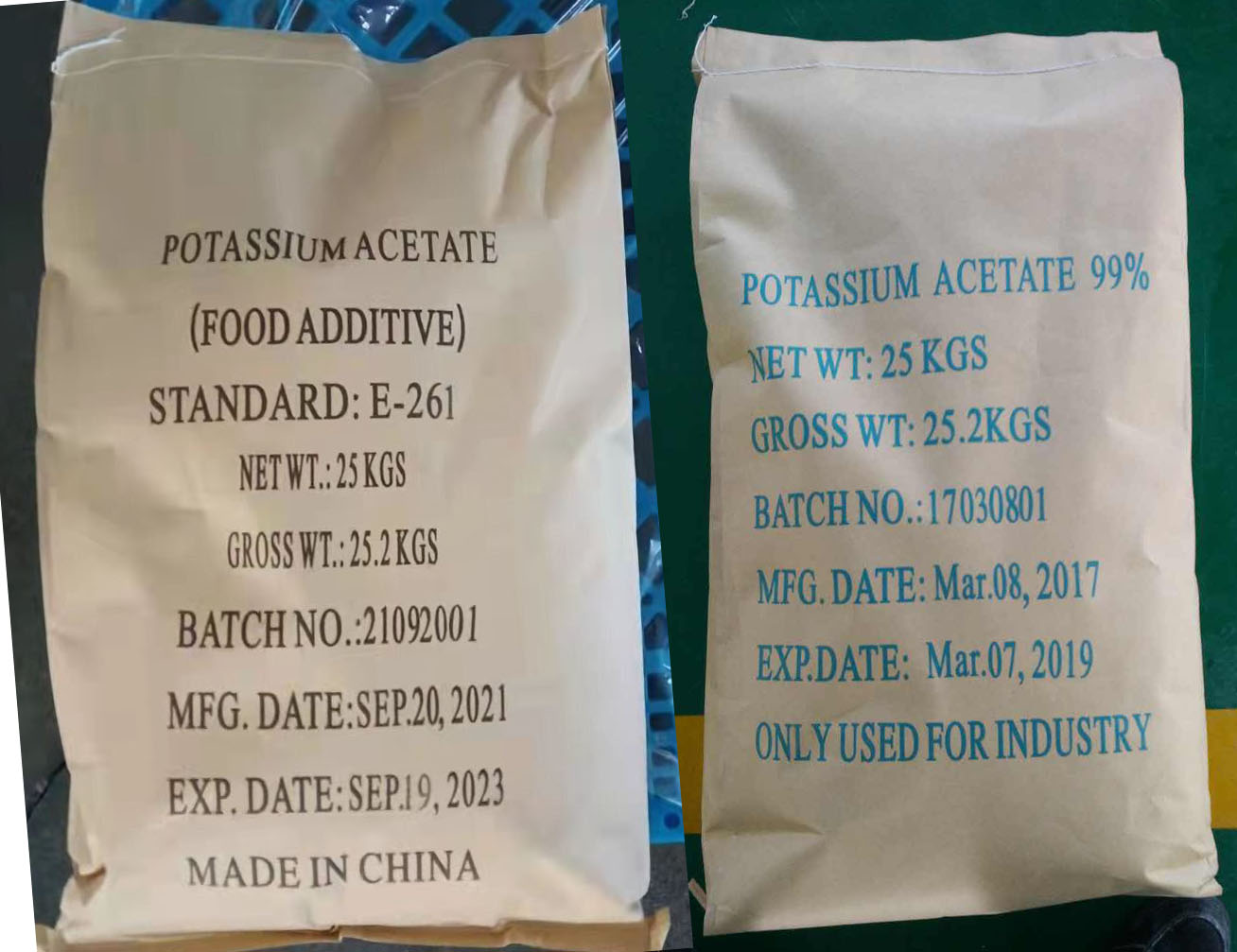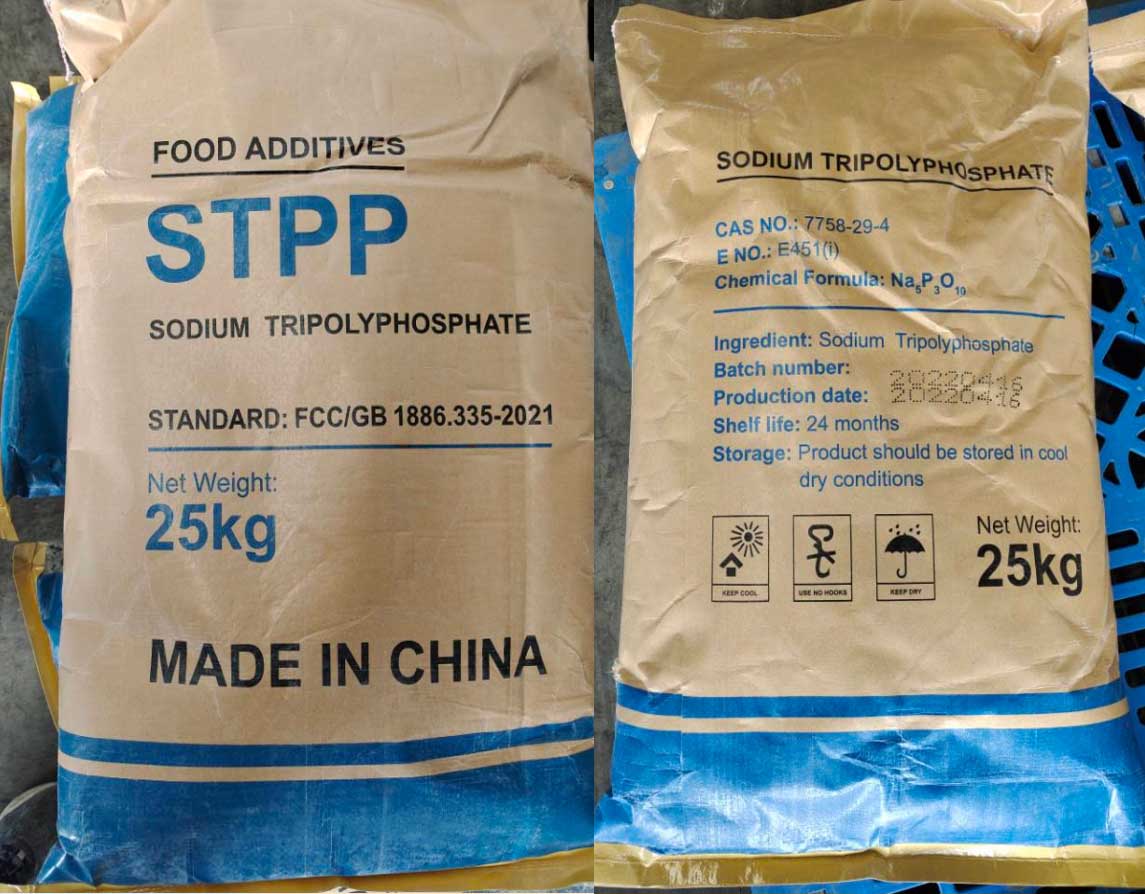Sodium Hexametaphosphate (SHMP), CAS No.10124-56-8 | Molecular formula (NaPO3)6, plays a critical role in the pulp and paper industry, contributing to various stages of production through its multifunctional properties. Below is a detailed explanation of its functions and benefits in this sector:
1. Pulp Bleaching
Function: SHMP is used as a sequestrant in the pulp bleaching process. It binds to metal ions such as calcium, magnesium, and iron, which can interfere with the bleaching agents (e.g., chlorine or hydrogen peroxide).
Benefits:
Enhances the efficiency of bleaching agents by preventing their deactivation by metal impurities.
Improves the brightness and whiteness of the final paper product.
Reduces the consumption of bleaching chemicals, thereby lowering production costs and minimizing environmental impact.
2. Dispersant for Fillers and Pigments
Function: SHMP disperses and stabilizes fillers (e.g., calcium carbonate, kaolin) and pigments (e.g., titanium dioxide) in paper formulations.
Benefits:
Ensures uniform distribution of fillers and pigments within the paper matrix, leading to consistent opacity and smoothness.
Prevents particle agglomeration, which can cause defects in the paper surface.
Improves the overall printability and aesthetic quality of the paper.
3. Scale and Deposit Control
Function: SHMP prevents the formation of scale and deposits in equipment used during pulp and paper production by sequestering hard water ions.
Benefits:
Reduces downtime and maintenance costs associated with scale removal.
Prolongs the lifespan of machinery and enhances operational efficiency.
Ensures uninterrupted production flow, reducing delays.
4. pH Stabilization
Function: SHMP acts as a buffering agent, maintaining the desired pH levels during various stages of paper production.
Benefits:
Stabilizes chemical reactions, particularly in the preparation of pulp and the application of coatings.
Ensures optimal performance of other chemical additives used in the process.
Protects sensitive machinery and materials from damage caused by extreme pH variations.
5. Water Softening and Process Water Treatment
Function: SHMP softens water by chelating calcium and magnesium ions, making it suitable for use in paper manufacturing.
Benefits:
Improves the efficiency of surfactants, dyes, and other chemical additives.
Reduces the risk of clogging and fouling in spray nozzles, pipes, and other equipment.
Enhances the quality of the final paper product by eliminating the negative effects of hard water.
6. Enhancing Paper Strength and Quality
Function: SHMP improves fiber bonding and enhances the dispersion of additives.
Benefits:
Increases the strength and durability of the paper, particularly in high-grade paper products.
Reduces the occurrence of weak spots or inconsistencies in the finished product.
Enhances the paper's resistance to tearing and folding, meeting the requirements of demanding applications.
7. Cleaning and Maintenance of Equipment
Function: SHMP is used as a cleaning agent to remove organic and inorganic residues from production equipment.
Benefits:
Ensures equipment cleanliness, maintaining consistent production quality.
Prevents contamination of paper products by residues.
Reduces the need for harsh cleaning chemicals, promoting a safer working environment.
8. Environmental Impact
Function: By reducing the use of excess chemicals and enhancing efficiency, SHMP minimizes the environmental footprint of pulp and paper production.
Benefits:
Reduces chemical waste and effluent discharge.
Improves compliance with environmental regulations and standards.
Contributes to sustainable production practices.
Summary of Benefits in Pulp and Paper Production:
Improves pulp bleaching efficiency and paper brightness.
Ensures uniform distribution of fillers and pigments for high-quality paper.
Prevents scaling and reduces maintenance costs.
Stabilizes pH for consistent chemical performance.
Enhances equipment longevity and reduces downtime.
Improves the strength, durability, and aesthetics of the final paper product.
Supports environmentally friendly production practices.
Sodium Hexametaphosphate is a cost-effective and versatile additive that enhances the efficiency, quality, and sustainability of pulp and paper production processes.




